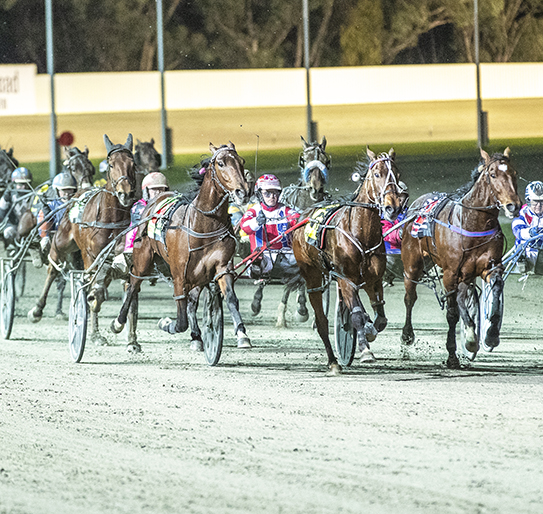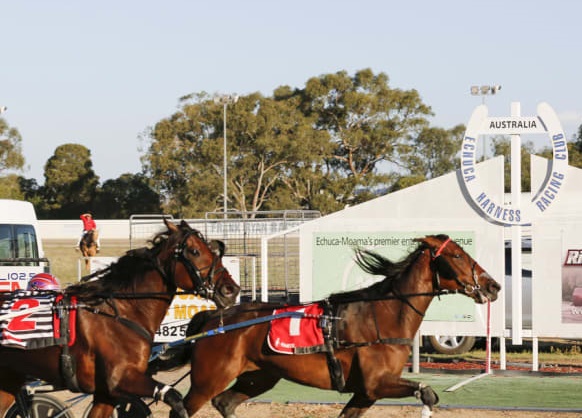 Harness Racing Victoria (HRV) welcomes three of the five suggested adjustments to the National Ratings Based Handicapping System (NRBHS) announced by Harness Racing Australia.
Harness Racing Victoria (HRV) welcomes three of the five suggested adjustments to the National Ratings Based Handicapping System (NRBHS) announced by Harness Racing Australia.
“Our position has always been one of openness and transparency with our stakeholders as we transition to the ratings based handicapping system,” HRV General Manager Racing Stephen Bell said.
“The HRV racing team consulted with stakeholders, namely the Victorian Trainers and Drivers Association, prior to the most recent Ratings Review Team meeting and CEO Dayle Brown provided feedback to us from his state tour about what participants had to say about the NRBHS.
“We feel it is important our stakeholders know HRV’s position on the modifications that have been supported by the Harness Racing Australia executive following recommendation by the Ratings Review Team. Importantly these changes are still subject to formal adoption by the HRA members.
“The Ratings Review Team comprises all participating harness racing states. While not all the recommendations were unanimously supported by all members of the Ratings Review Team, HRV certainly respects the process by which decisions are made.”
Bell said in the view of HRV the most necessary adjustment would be the $15,000-$49,999 safeguard.
“Before this adjustment horses competing in metro stake races – particularly age restricted features and higher stake races in other jurisdictions – received a double dropback regardless of their rating. The initial intention was for previously well-performed horses on uncompetitive ratings to reintegrate back to a level where they could be competitive,” he said.
“Unfortunately this had an adverse effect on horses at the other end of the spectrum, those with a lower rating. This safeguard ensures horses are not dropping back where it is not warranted.”
 Bell said HRV would welcome the ‘Ratings Exempt Races upon Importation’ amendment.
Bell said HRV would welcome the ‘Ratings Exempt Races upon Importation’ amendment.
“We have always felt there was an imbalance weighted heavily in favour of former New Zealand horses given the proliferation of ratings-exempt races in NZ compared to Australia,” he said.
“We also felt for $4500 ($3500 to $4999) races the rating penalty was disproportionate in comparison to other tiers. The two points for a win and no points for second modification, as opposed to previously being three points for a win and one point for second, is the right way to go.
“Our $7000 races, which make up the majority of our everyday programs, will no longer carry a point for running second.”
Bell stated that HRV would continue to critically assess its programming under the NRBHS and make adjustments where necessary with a focus on data driven decisions.
“Data doesn’t lie. Our focus will remain on improving outcomes for our participants by being versatile and dynamic in the programming space. That is essential,” Bell said.
“We’re committed to continuing to communicate our position regularly with stakeholders and we’ll work with them every step of this process.”
Average field sizes in Victoria were up year on year in January (from 8.22 starters per race in January 2019 to 9.09 in 2020), while the number of races run with seven or fewer starters fell from 123 to 56.
Importantly the number of races with a favourite $1.50 or shorter has fallen from 98 to 53 and there were 2864 starters this year compared to 2744 in 2019 – an increase of 4 per cent.
To view the HRA media release announcing the changes click here.
Media enquiries: cwinnell@hrv.org.au or 8378 0288